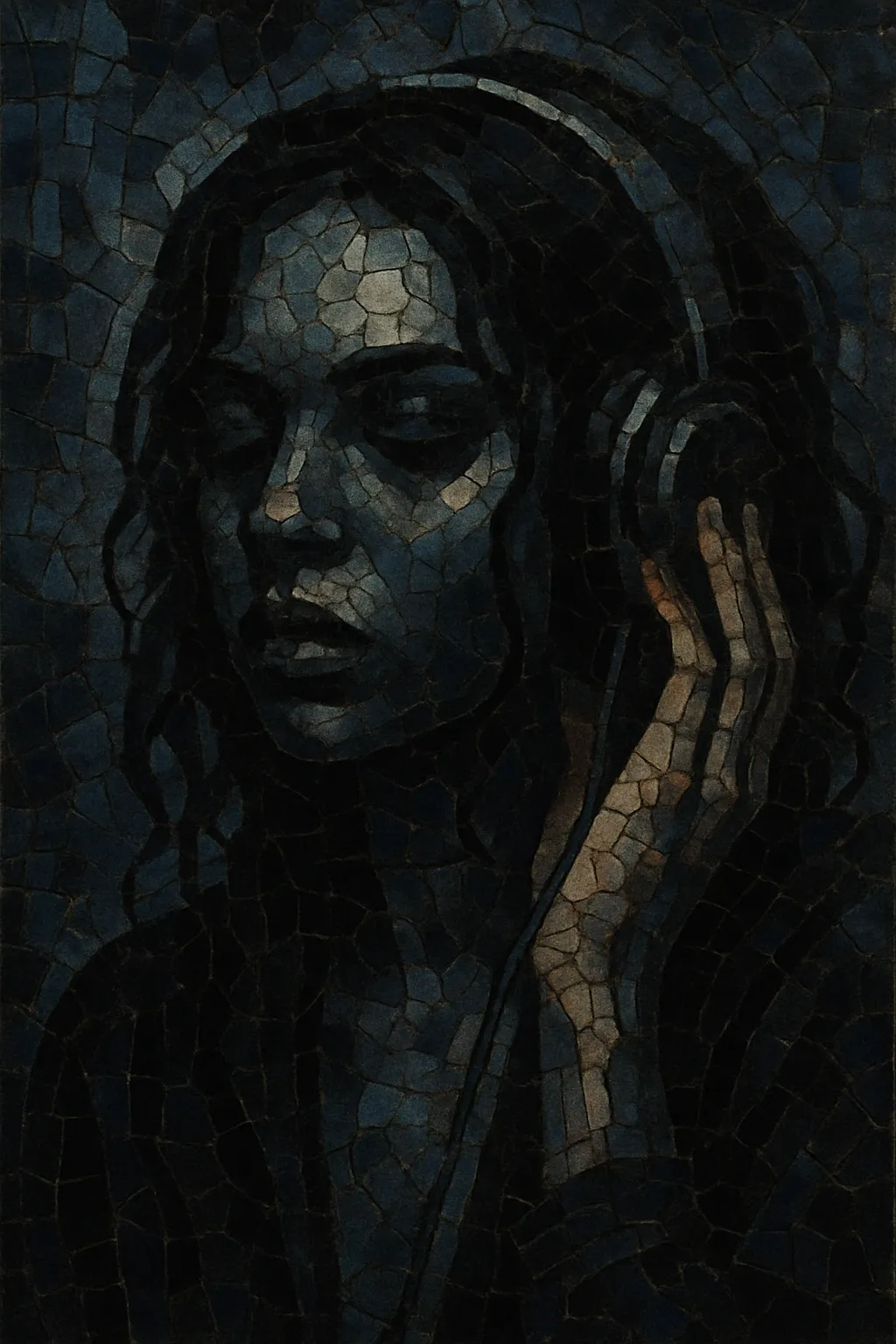Dark R&B is a moody, atmospheric strain of contemporary R&B characterized by shadowy soundscapes, sparse arrangements, and emotionally raw vocals. It fuses traditional R&B singing with downtempo electronic production, minor-key harmonies, and textural sound design that leans into reverb, distortion, and cinematic ambience.
The style often explores themes of desire, isolation, intoxication, and nocturnal urban life. Beats are typically slow or half-time, bass is heavy yet controlled, and melodies float in a fog of pads, synths, and haunted samples. Emerging in the early 2010s around the Toronto “noir” aesthetic and the broader wave of alternative R&B, dark R&B borrowed from trip hop, post-dubstep, witch house, and ambient to craft a distinctly modern, brooding take on soul music.
Dark R&B cohered in the early 2010s as artists associated with the Toronto scene and the broader alternative R&B movement began emphasizing sparse, minor-key production and nocturnal mood. Early releases by The Weeknd (with producers like Doc McKinney and Illangelo) crystallized a sound that pulled from trip hop’s downtempo gloom, post-dubstep’s fractured rhythms, witch house’s shadowy textures, and classic R&B vocality. Simultaneously, artists in the US and UK—such as FKA twigs and How to Dress Well—explored similarly brooding palettes, helping define the style beyond one locale.
By the mid‑2010s, dark R&B had a recognizable aesthetic: intimate, breathy vocals; heavy sub-bass; half‑time or slow BPMs; and atmospheric pads drenched in reverb. Lyrically, it leaned into confessional themes—lust, loneliness, self-medication, and emotional ambiguity—delivered with stark, often minimal arrangements. Visuals and branding reinforced a nocturnal, cinematic tone.
The style spread rapidly online, informing alt‑R&B across North America and Europe and influencing pockets of UK R&B and indie electronic. Producers blended trap‑adjacent drums with ambient drones and granular textures, while vocalists alternated between falsetto, layered harmonies, and intimate whisper‑singing. This palette bled into adjacent forms like trap soul and melodic rap, where moody chords and cavernous space became common.
Dark R&B remains a touchstone for artists seeking emotionally charged yet minimalist production. Its vocabulary—subdued drums, negative space, and noir synth work—continues to shape contemporary R&B, pop crossovers, and underground rap, maintaining a steady influence on streaming-era intimacy and late‑night listening cultures.


